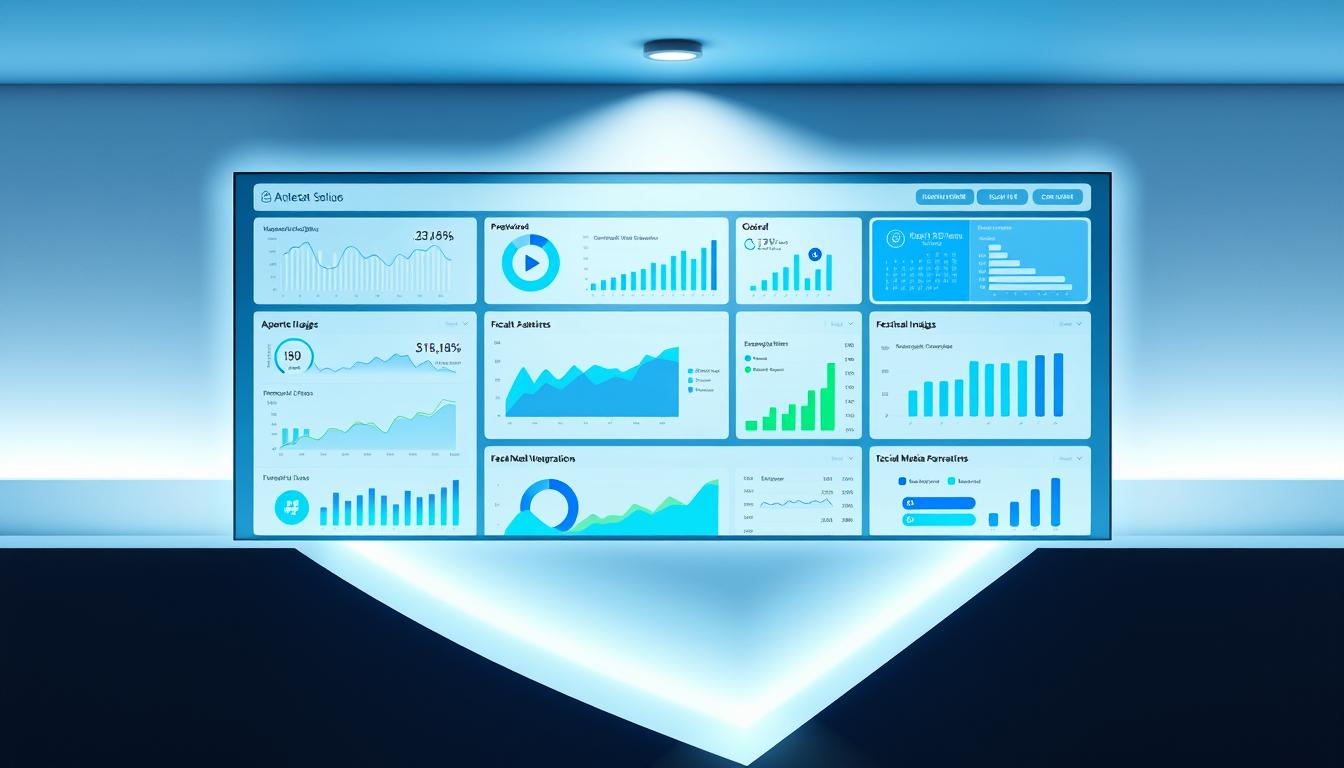|
|
Social media has evolved beyond simple engagement metrics like likes and shares. In today’s digital landscape, businesses must leverage advanced social media analytics to drive strategy, optimize campaigns, and achieve measurable business outcomes. Understanding audience behavior, content performance, and conversion trends is crucial for maximizing ROI and staying ahead of competitors.
By utilizing data-driven insights, businesses can move from reactive social media strategies to proactive, optimized marketing efforts. Advanced analytics allow brands to track customer journeys, measure real-time engagement, predict trends, and refine content strategies. With AI-driven tools, predictive analytics, and deep audience segmentation, businesses can create highly targeted campaigns that drive meaningful interactions and conversions.
With WiFi Digital’s expertise in social media analytics, this guide explores advanced tracking techniques, performance metrics, automation tools, and strategic insights to help brands elevate their social media marketing and maximize their impact.
Leveraging AI-Driven Analytics for Smarter Decision-Making
Artificial intelligence (AI) and machine learning (ML) have transformed social media analytics, providing real-time insights and predictive capabilities. Instead of relying on historical data alone, businesses can now forecast engagement trends, optimize ad spend, and personalize content based on user behavior.
How AI Enhances Social Media Analytics
✔ Predictive Engagement Analysis – AI identifies which content types, topics, and posting times are likely to generate the most engagement.
✔ Automated Sentiment Analysis – AI scans comments, mentions, and reviews to assess customer sentiment and brand perception.
✔ Audience Segmentation & Personalization – Machine learning algorithms analyze demographics, interests, and behaviors to improve targeting.
✔ Competitor Benchmarking – AI tools track competitors’ social strategies, identifying content gaps and engagement opportunities.
Best AI-Powered Social Media Analytics Tools
- Hootsuite Insights – AI-powered sentiment analysis and audience insights.
- Sprout Social – Advanced reporting and predictive analytics.
- Brandwatch – AI-driven social listening and trend prediction.
- Emplifi – Comprehensive performance tracking with machine learning recommendations.
By leveraging AI-powered analytics, brands can streamline decision-making, automate insights, and optimize social media campaigns for better engagement and ROI.
Deep Audience Insights: Understanding Behavior and Preferences
To create content that truly resonates, businesses must understand their audience beyond basic demographics. Advanced social media analytics tools enable brands to analyze behavioral trends, sentiment shifts, and content preferences to refine messaging and targeting strategies.
Key Advanced Audience Metrics
✔ Engagement Heatmaps – Identify when and where audiences interact with content to optimize posting schedules.
✔ Customer Journey Mapping – Track how users move from social media interactions to website visits and conversions.
✔ Affinity & Interest Analysis – Determine what topics and brands your audience engages with the most.
✔ Content Relevance Score – Measure how well content aligns with audience preferences and behaviors.
Case Study: A Retail Brand Boosts Conversions with Audience Analytics
A fashion retailer analyzed Instagram engagement heatmaps and found that users interacted most with product images posted in the evening. By adjusting their posting schedule and tailoring content to match audience interests, they increased engagement by 65% and sales conversions by 30% within three months.
By using deep audience analytics, businesses can deliver hyper-targeted content that aligns with audience behavior, increasing engagement and conversions.
Content Performance Analysis: Optimizing for Maximum Impact
Not all content performs equally, and businesses must determine which formats, themes, and messaging drive the highest ROI. Advanced content performance analytics go beyond basic reach and likes, offering deep insights into content effectiveness and areas for improvement.
Advanced Content Performance Metrics
✔ Engagement Per Post Type – Compare videos, carousel posts, live streams, and static images to determine which formats drive the best engagement.
✔ Virality Coefficient – Measure how likely content is to be shared, predicting its potential reach.
✔ Post Decay Rate – Analyze how long content remains relevant before engagement drops.
✔ Story Retention Rates – Track how many users complete Instagram or Facebook Stories to refine storytelling techniques.
A/B Testing for Content Optimization
A/B testing different headlines, visuals, CTAs, and post formats helps brands refine content strategies. For example, a software company tested two LinkedIn post styles—one featuring text-based storytelling and another using an infographic. The infographic generated 40% more engagement, leading the company to shift toward more visual content in future campaigns.
By continuously analyzing and optimizing content performance, businesses can maximize reach, improve engagement, and enhance storytelling impact.
Attribution and Conversion Tracking: Measuring ROI from Social Media
One of the biggest challenges in social media marketing is attributing leads and sales to specific campaigns. Advanced tracking tools help businesses connect social media interactions to actual revenue, ensuring that marketing efforts drive measurable business growth.
Key Attribution Models for Social Media
✔ First-Touch Attribution – Assigns conversion credit to the first social interaction with a customer.
✔ Last-Touch Attribution – Credits the final social engagement before a sale or lead conversion.
✔ Multi-Touch Attribution – Distributes credit across multiple interactions, recognizing that customers often engage with a brand several times before converting.
✔ Time-Decay Attribution – Gives more weight to recent social interactions that led to a conversion.
Best Tools for Social Media Attribution
- Google Analytics 4 (GA4) – Tracks social traffic and conversions with advanced attribution models.
- Facebook Pixel & Conversion API – Measures Facebook and Instagram ad impact on sales and website actions.
- UTM Tracking in Google Tag Manager – Custom tracking codes help analyze which campaigns drive website visits and leads.
By implementing proper attribution models and tracking systems, brands can determine the real impact of social media campaigns on business growth.
Competitive Benchmarking: Gaining an Edge in Your Industry
Understanding how a brand’s social media performance compares to competitors is essential for strategic growth. Competitive benchmarking tools provide insights into industry trends, content engagement, and audience behavior to refine a brand’s competitive positioning.
Key Competitive Analytics Metrics
✔ Share of Voice (SOV) – Measures how much of the industry conversation is driven by your brand versus competitors.
✔ Engagement Benchmarking – Compares likes, shares, and comments per post against industry averages.
✔ Content Gap Analysis – Identifies topics and content formats competitors use successfully that your brand has yet to leverage.
✔ Ad Performance Comparisons – Tracks competitor ad strategies, engagement levels, and audience targeting methods.
Case Study: A SaaS Brand Gains Market Share Through Benchmarking
A software company used competitive analytics to analyze engagement trends of top industry leaders. They identified that competitors gained high engagement from LinkedIn polls and thought-leadership posts. By replicating and enhancing these tactics, the company increased LinkedIn engagement by 80% and saw a 20% rise in demo sign-ups.
By using competitive benchmarking tools, brands can refine their content strategies, ad targeting, and engagement tactics to outperform rivals.
Advanced social media analytics go beyond vanity metrics, providing deep insights into audience behavior, content effectiveness, and conversion tracking. By leveraging AI-driven analytics, audience segmentation, attribution modeling, and competitive benchmarking, businesses can optimize social media strategies for maximum ROI.
With WiFi Digital’s expertise in social media analytics, brands can implement data-driven strategies that enhance engagement, improve targeting, and drive measurable growth. Now is the time to move beyond basic metrics, embrace advanced analytics, and transform social media into a high-performing business asset. 🚀
WiFi Digital: Connecting Businesses to the Digital Future
In today’s fast-paced world, where a strong digital presence is essential for business growth, WiFi Digital emerges as a strategic partner for small and medium-sized businesses (SMBs). Founded in 2023 and based in London, Ontario, the company has a clear mission: to provide affordable, high-quality solutions that help businesses thrive online. With an experienced and passionate team, WiFi Digital goes beyond simply creating websites and marketing strategies. Its purpose is to empower entrepreneurs, strengthen brands, and give clients more free time to focus on what truly matters – growing their business and improving their quality of life.
WiFi Digital develops websites that authentically and professionally represent your brand, optimizes systems and digital marketing strategies to enhance visibility and return on investment (ROI), and offers affordable, customized solutions, ensuring that businesses of all sizes have access to effective growth tools. With transparency, partnership, and innovation, the company provides each client with the necessary support to achieve real results.
Business digitalization is not just about numbers or metrics. It directly impacts entrepreneurs’ well-being, bringing more organization, efficiency, and freedom to focus on what truly matters. WiFi Digital understands that by investing in digital solutions, businesses gain time, reduce operational stress, and create opportunities to connect better with their customers. A well-structured online presence not only increases sales but also strengthens the public’s trust in the brand.
Beyond technical expertise, WiFi Digital’s key differentiator is its commitment to people. The company values genuine relationships, creates tailored strategies, and works side by side with clients to ensure that every solution meets their specific needs. If you’re looking to boost your brand, attract more customers, and still have more time to focus on what truly matters, now is the time to act!
💡 Transform your digital presence with experts who understand your needs.
📩 Contact us now: contact@wifidigital.ca
🌍 Learn more: www.wifidigital.ca
🚀 Your growth starts here!




